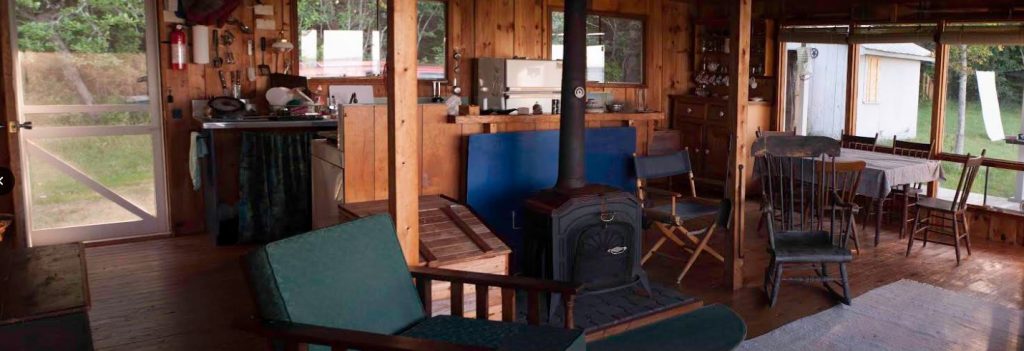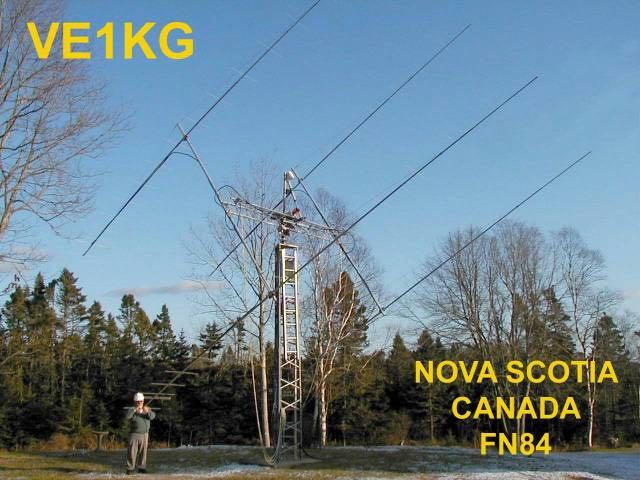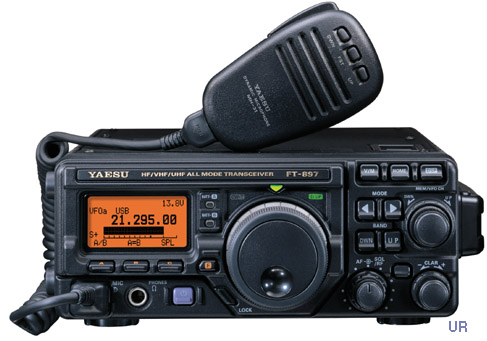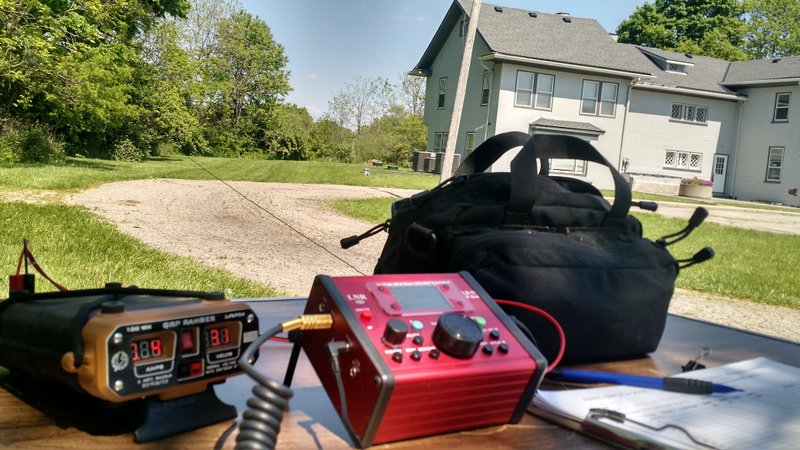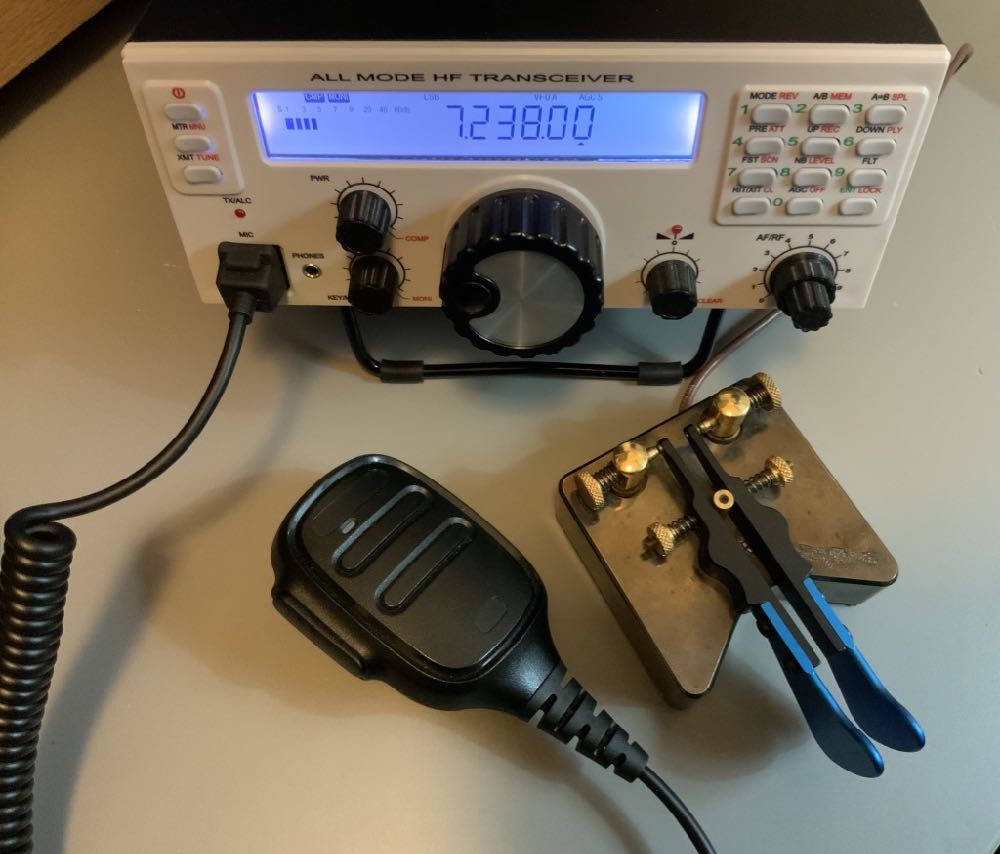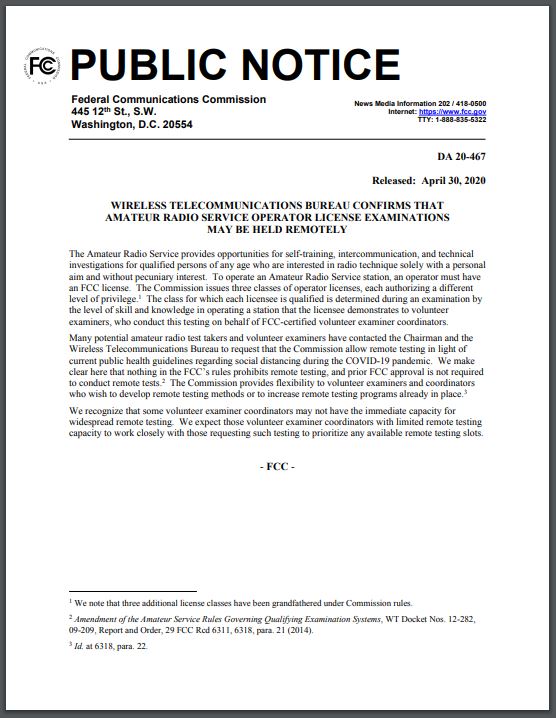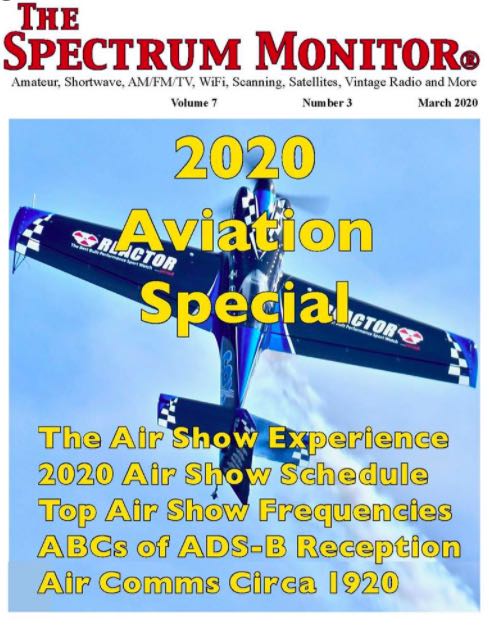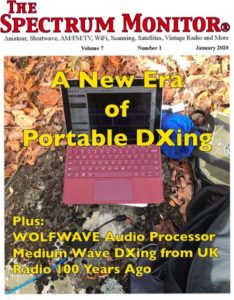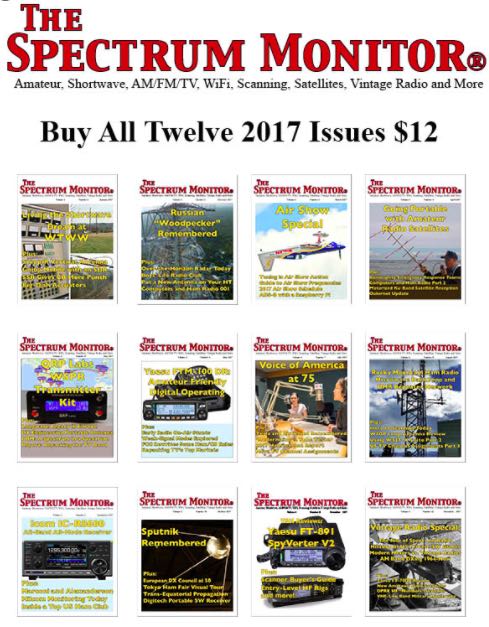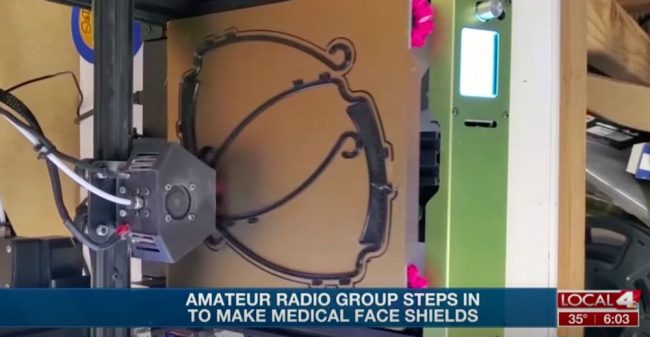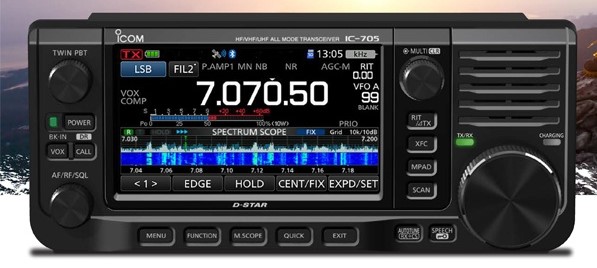Many thanks to SWLing Post contributor, Paul Evans (W4/VP9KF), who has been following the progress of new FCC RF exposure rules and writes:
“The ARRL has finally read the new RF Exposure rules and agrees with my thoughts that they are going to make quite a difference in the way the FCC sees amateur radio levels.”
(Source: ARRL News)
ARRL Seeks Clarification of Amended Amateur Service RF Safety Rules
ARRL has filed a Petition for Clarification addressing two issues arising from amended FCC RF safety rules that go into effect on June 1 for the Amateur Service and other FCC-regulated services. Licensees will have 2 years to determine if an RF safety evaluation is now required under the new rules and to perform an evaluation and implement any needed mitigation measures. Current rules already require amateur stations to meet RF exposure limits, but more radio amateurs will have to evaluate their stations under the new rules. The revised final rules, adopted last November, appeared in the April 1 edition of The Federal Register.
“For applicants and licensees in the Amateur Radio Service, we substitute our general exemption criteria for the specific exemption from routine evaluation based on power alone in §97.13(c)(1) and specify the use of occupational/controlled limits for amateurs where appropriate,” the FCC said. While radio amateurs have always had to comply with RF exposure limits, certain stations have been exempted from having to conduct evaluations based upon power and frequency.
On May 8, ARRL asked the FCC to clarify that using maximum permissible exposure (MPE) limits be permitted in the Amateur Service for required RF safety evaluations of 2200-meter operations, just as they are elsewhere in the amateur spectrum. Removal of the exemption for amateurs resulted in a requirement to use specific absorption rate (SAR) limits for amateur frequencies between 100 and 300 kHz.
“SAR evaluations are very complex to directly measure and, we believe, generally exceed the capability of most individual amateur operators,” ARRL argued in its petition, asserting that MPE limits correspond to conservative estimates of SAR.[…]
Continue reading the full article here.
Paul adds:
“You’ll note that they too were clearly caught out by there being no comment period as stated in December 2019, but the FINAL ruling appeared out of the blue in the Federal Register on April 1, 2020, which took me by surprise (having checked every day for over 90 days!).”
Thank you for following and sharing this development, Paul!



